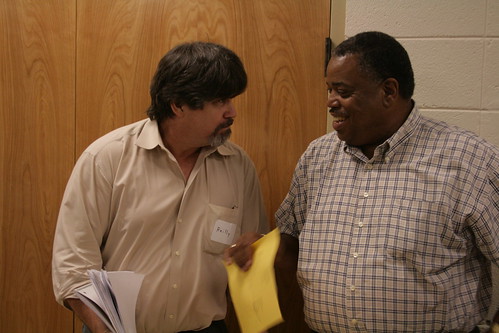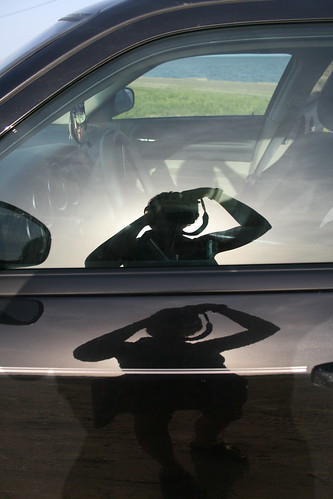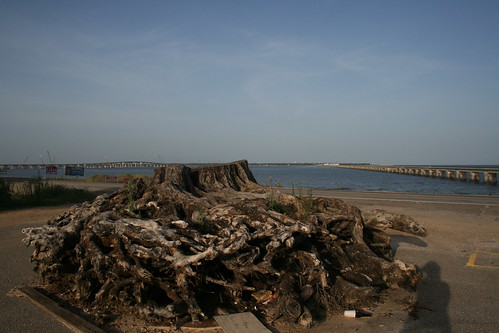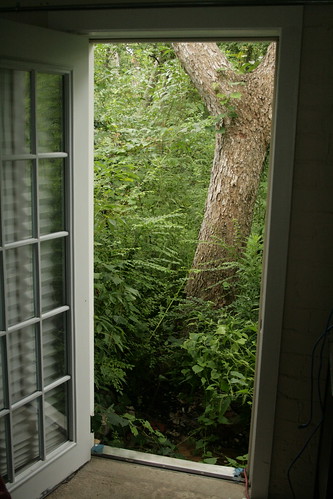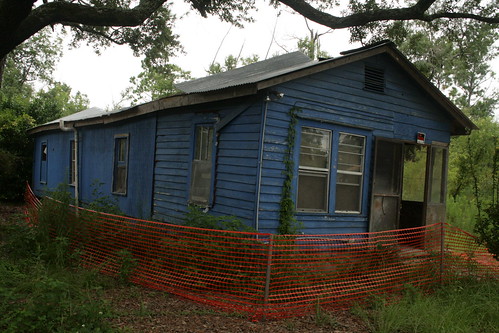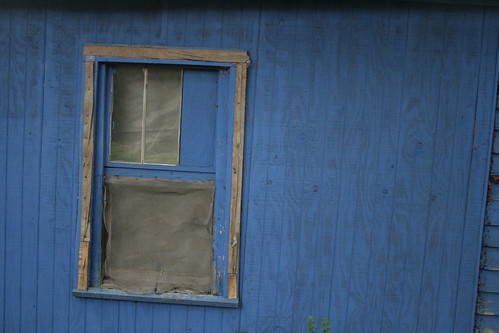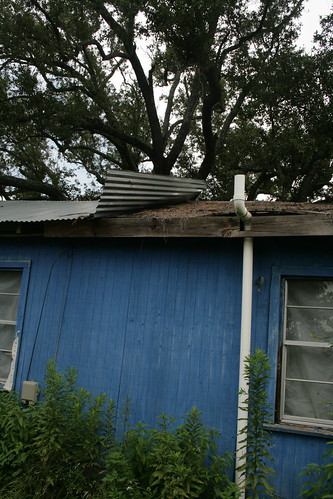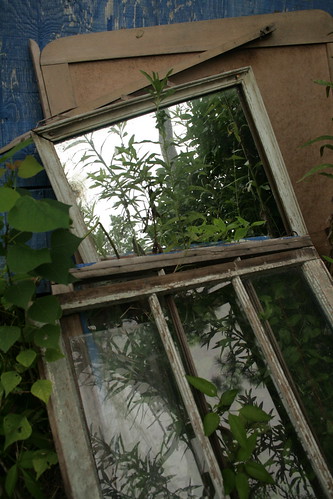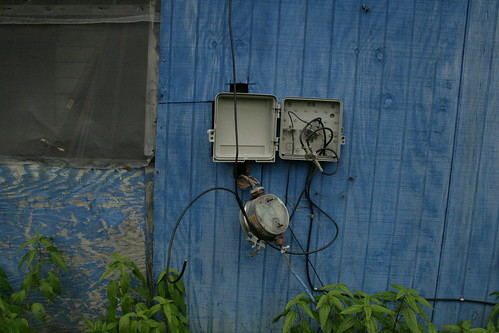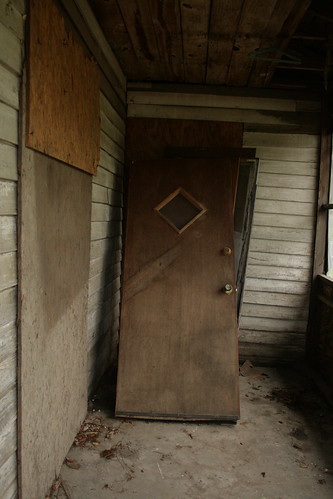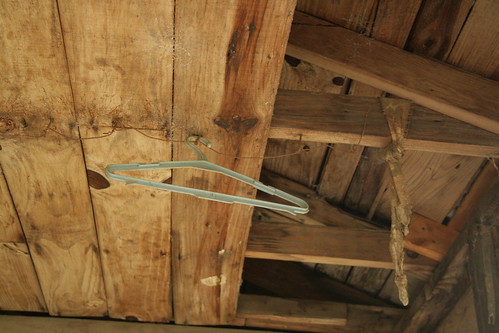the twit
11.07.2007
are you kidding?
a section entitled "problem":
"Schools use their cash assistance to purchase the large majority (approximately 80 percent) of the food for school meals, but no current data are available to know what foods are being purchased. "
a section entitled "recommended solution" (emphasis mine):
"Conduct a survey of foods purchased by school food authorities with Federal cash assistance once every 5 years. The most recent data on school food purchases are a decade old. These data would help USDA efforts to 1) provide guidance and technical assistance to school food professionals in the implementation of new rules intended to conform school meal patterns to the most recent Dietary Guidelines for Americans; 2) better manage the types and varieties of commodities procured by the Department on behalf of schools; and 3) assess the economic impact of school food purchases on various commodity sectors."
***
i've just started researching this topic in order to give the CRCL kids some leads. this is crazy...
10.04.2007
a short catching up
***
1. at the grove.
from "at ole miss, the tailgaters never lose," nytimes:
The glory of the Grove is legend at all of Ole Miss’s rival schools in the Southeastern Conference and beyond. It is the mother and mistress of outdoor ritual mayhem.so after two years with the teacher corps, and now a couple of months employed by the university of mississippi through the william winter institute, i figure it's due time that i check out this grove thing. ole miss was playing florida, and as the couz is a floridian, he came over to oxford from marks and at a bar on the square we watched the surprisingly close game. since it was an early afternoon kickoff - 11:30 - the grove was active both pre- and post-, and we wandered to campus afterwards; a family from marks had a tent somewhere in the mess - we were determined to find it and say hello.As Charles R. Frederick Jr., a folklorist at the University of Indiana, characterized it in his dissertation on the Ole Miss tailgating event, the call to “come on out Saturday and look us up” in the Grove is as basic, and born to a spot, as a human bond can get. And it is as deep as the root of a tree.
It is also as fresh and green as a leaf.
“I love it,” Molly Aiken, 19, a sophomore at Ole Miss, said on Saturday under a tent, under the trees, a party roar rising and dissipating into the whisper of a warm, humid wind above. “There’s no place like it.”
Ms. Aiken, who is from Chattanooga, Tenn., said of the University of Tennessee in Knoxville, “I went to U.T. this past weekend, for the U.T.-Florida game, and I was, like, this just doesn’t compare.”
Ole Miss’s stadium accommodates 60,580 people, and devotees of the Grove argue that the Grove accommodates more. It is every kind of party you can describe, at once: cocktail party, dinner party, tailgate picnic party, fraternity and sorority rush, family reunion, political handgrab, gala and networking party-hearty — what might have inspired Willie Morris, one of Mississippi’s favorite sons, to declare Mississippi not a state, but a club."
the grove is, of course, an impressive sort of bedlam.
this sets the scene: a tailgating melee unlike any other in population density, southern flair, and who-are-you-kin-to socializing. the couz and i are following around an older woman from marks as she - dressed up elegantly and with pounds of makeup - makes the rounds. i am wearing t-shirt that says "the jackson branch naacp supports the school bond referendum," with a big naacp seal in the middle (and my membership card in my wallet, to boot). i am - in case you're wondering - white (or more appropriately, half-colombian but not latino-looking at all and claim my upbringing from the caucasian paradise of the suburban midwest). this all becomes very apparent when two ole miss grads (who look the part - khaki shorts, swoosh-over-the-eyebrow bangs, and cheesy sunglasses with that odd "sporty" necklace attachment) are cleary discussing my shirt as the couz and i wait patiently for our escort to catch up with whomever she's run into. of course, i'm not totally surprised that a white guy in the grove wearing an naacp shirt would furrow some brows, but so does dixie (give me all the "heritage, not hate" you want; some heritage is absurd). in any case, a discussion starts, here adapted as best i can remember:
guy 1: hey.(it continues in this vein for a second)
me: hey.
guy 1: are you wearing that t-shirt as a joke?
me: nope; it's not a joke.
guy 2: well, i think you're sorry sack of shit.
me: i'm sorry you feel that way.
guy 1: man, you've got to get your priorities straight.
me: my priorities are straight; i taught public high school in jackson for two years - i care about my kids and i care about their education.
guy 2: well, i'm going to have to ask you to leave this tent.(it continues in this vein for a bit. the guys never get out of their seats or raise their voices enough to cause a scene - southern gentlemen that they are.)
me: are you kidding?
guy 2: no; just get the hell out of here.
me: this is public land, and a public forum. i am an employee of the university, and i certainly have the right to stand here and to wear this shirt.
guy 2: just fucking leave.
guy 1: hey man, just walk away.
from "at ole miss, the tailgaters never lose," nytimes:
who in the hell are we, indeed.A boy in white shorts and a polo shirt stepped out onto the Walk of Champions, the brick path where the Rebels would make their ceremonial march through the Grove on their way to the stadium the next day.
“Are you READY?!” he called to the trees, prompting the Ole Miss cheer.
“HELLLLL YES! DAAAAMN RIGHT!” the trees yelled back. “Hotty Toddy gosh almighty who in the hell are we? Flim flam bim bam, OLE MISS by damn! WUUUUUUUUUUUUU!”
2. in sumner, ms - the evening before the emmitt till commission's press conference:
do not forget these strange things
you take for granted. sleeping in
the mayor's guest room; a town
of 400 - he took the job because
no one wanted to. nearby: a man
with multiple (not tanks, but) APVs
goes riding at night in fatigues -
a pet racoon on his shoulder;
all the 200 guns in his house
are loaded - that is very clear
to his children; an old black woman,
convinced the white sheriff is out
to get her because she marched
in the 60s, had breakfast with
the kennedys; a brain tumor helps
know he's near - looking through
the trailer wall with x-ray vision.
lights over there are tutweiler
jail; over there parchman.
when a family dies - the house
is empty, the business gone.
someday these weekend cottages
will have wonderful histories.
3. in sumner, ms - the day of the emmitt till commission press conference.
the injustice of neglect - an explicit violence: in 1955, emmitt till was brutally abused and murdered for allegedly whistling at a white woman. he was 14 years old, from chicago and visiting with family in tallahatchie county. two white men were acquitted of murder by an all-white jury after an hour of discussion. after the till commission (composed of black and white community leaders) read it's formal statement of regret on the steps of the sumner courthouse (where the trial had occurred) - acknowledging that a miscarriage of justice had occurred and calling for truth and reconciliation in the case - one of till's family members remarked, "imagine having to hold your breath for 52 years."
the injustice of neglect - an implicit violence: in 2007, buses of middle and high school students are unloaded at sumner courthouse. it is a hot day, and the emmitt till commission press conference drags on. there aren't enough chairs for everyone, and the students huddle against empty storefronts. uninterested in what's going on, they begin to talk amongst themselves. teachers are no where in sight. most of the most audible students are black males, huddling around each other in brambles of machismo. many are emmitt's age; i doubt they've been provided adequate context for the historical resonance of the what's going on at the podium, and references to "young people" over the loudspeakers become more and more ironic above the swelling din. i walk over to a group and explain that i can't hear the conference, and get a bundle of sneers, who-the-fuck-does-he-think-he-is looks, and few taunting drugs & violence references. i stand there for a while, and - as i hold my breath - the group disperses: off to find some bottled water, an ice cream cone, some girls.
9.30.2007
personal archives
for light, space enough for time) a change is
easily mistaken for ephemera.
In cornered whispers – principal lies of a bully
archivist, secrets cloaked as retellings
of life – no one had expected blood.
There were always teeth in the kiss, always
a gripping – as if every room were nearly
empty. Had I not returned home,
it would have gone unnoticed – the death
of the apocryphal. Rather, unclaimed
footnotes thrust to narrative, in quick weight
under high ceilings – a history neither
dead nor vacant; one page naked
to what fills the next, and nearly empty.
9.05.2007
comment on a nytimes article
- What are the most fundamental differences between the American educational system and high-achieving foreign educational systems and what are the positive or negative outcomes of these differences?
- How has the approach to education and learning changed during your tenure as a teacher and do you believe these changes are beneficial or harmful to the American student?
- What has changed in our society and in our educational system to bring us to the point where high schools must now create incentives to “inspire” and “motivate” low-income students to attend classes on a regular basis?
my response:(1) when casting a desirous glance to the test-score performances of china, germany, etc. - one should always be take into account the aggressive tracking systems in place in their national school systems. as i’m not familiar with the particulars, i’m reluctant to mention this (and since this is the nytimes, i would love it if someone stood up a yelled “but germany doesn’t track its students!”), but it seems that where the US cringes at the idea of a strict/stratified funneling system - student A goes to college prep, student B goes to vocational, student C goes to standard diploma, etc. - other nations seem to have no problem with it, and this inflates their “test scores” because only certain tracking sectors actually get to take these tests (again, someone please correct me if i’m mistaken - or at least provide real perspective). this is of course in the face of the US’s more subtle tracking consequences - the suburban sprawl/minimum lot requirement/property tax collusion that allows predominantly white suburban schools to do so well; the odd relative racial imbalance of AP enrollment, school-within-a-school magnet programs, and such within “integrated” public systems; etc. but the bottom line is that we hold fast to the egalitarian pretensions of a horatio alger tinged education for all (while putting forth minimal effort to ensure that this is the case), while other countries seem to take a more no nonsense (though yes, philisophically compromising) approach to providing educational services explicitly tailored to social and individual needs (which is - oddly enough - exactly mr. price’s well-grounded attitude towards engaging his children).every once i get the sense that it would be a good thing to sit down and catalog what i've collected as typical barriers to dialogue about education, and establish general positions to counter them. this article seemed to rekindle that - specters of people launching into "it starts at the home," "kids these days," "remember when teachers taught and students learned," "it worked for me, so why can't it work for them," etc.(2) in regards to “what has changed in our society” - i’m incredibly wary as to the amount of “kids these days” tirades that will haunt the anecdotal cesspool. the myth of nostalgia is a horrible barrier to clear thinking about educational reform. this is not to say that schools have not changed, or culture has not changed between generations - but there is a difference between pretending there was a more simple time when “teachers taught and students learned,” and taking a clear look at post-war demographics shifts, the slowly enforced consequences of brown v. board, title V and title IX, the vogue of skinnerian reward/punish discipline (this - i might add - is why students crave reward/inspiration/motivation - because they spend the school day in a state of oppression), etc. more often than not, veteran teachers going on about the golden age (or even the modest successes) of their own education fall into a few traps: (1) as they are relatively successful products of their own educational system, they can rarely leverage enough distance to imagine the relative failures of that system to serve people who are not like them - and who are structurally marginalized by definition (the “it worked for me [and i’m ok, so if it doesn’t work for them it’s their fault and they’re not ok]” position is particularly thin when it’s a white male talking), (2) many of the schools they currently teach in/experience are actually impossible comparisons to their golden age (even if it was the golden age of hard knocks, as i’ve heard quite a few black nationalists reference while lamenting about the crisis in black communities). even urban districts (please correct me if i’m wrong) are facing issues with transient populations, non-english speaking populations, and shifting job markets that create a school environment that are drastically different than that same area even in the 70s. furthermore (and on a topic i can actually talk about), in a place like mississippi - where i taught math in jackson for the past two years - schools were not even desegregated until 1968 (of course, they were re-segregated almost overnight with the state-assisted creation of a system of private “segregation academies”), and the population shifts that had occurred in other places of the country - like my hometown of cleveland, oh - since the 1950s were played out with much more velocity. all this aside, a high school in jackson, ms today is so incomparable to that same school in the 1970s that it is uncomfortable - and any jacksonian talking (as they are want to do) about how things worked fine when he/she was a kid (so what’s wrong with kids these days) seems laughably out of context. i’m sure the contrast is similar - though less pronounced - with other veteran teachers unloading their war stories.
8.12.2007
street cred?
also at murrah, the wearing of white t-shirts - tucked or untucked, short or long - is banned. the usual claim of gang signification (i.e. general blackness) is undoubtedly offered. apparently, if the white t-shirt has a coller (i.e. carries the cross of the middle class), it's ok.
photopost 3: steps coalition meeting (july 17 - 19)

it took me a while to figure out exactly why we were going to the coast. i mean, the obvious answer was that it had something to do with post-katrina community rebuilding, but it would have been strange if we were heading down to gulfport for a coalition meeting just because - you know - coalitions are good things, and the coast is a place where stuff is happening. of course, these are reasonable motivations for investigating whether or not an institution has a role to play in a situation as complex as the post-katrina gulf coast, but as we were heading down to the area for what turned out to be three days of nonstop work, it seemed clear that we were in fact playing a role - i was merely as yet unclear as to what it was.
***
the steps coalition grew out of - as far as i understand it - a post-katrina environment that left pre-existing discrepancies in community empowerment exposed and vulnerable. in a sense, identity groups that were marginalized economically and politically before the storm found themselves acutely aware of their marginalization, wary of the top-heavy consequences of rebuilding efforts, and conscious of a unique opportunity to pool resources in efforts to lobby the flood of organizations that came to the coast to provide resources and support.
the winter institute foothold in the coast - as it turned out - was by way of the turkey creek community initiatives (tcci), a environmental and community activism organization centered on a watershed area settled by freedmen after the civil war, and which has been "facing urban sprawl, environmental racism, and political-economic isolation since the arrival of casinos, airport expansion, and municipal annexation in the 1990s." these issues are of course all magnified in a post-katrina rebuilding frenzy that emphasizes eminent domain influenced development - a casino paradise, condos, townhouses, high-end shopping - in an environment wherein homeowners (yes - as we've seen in takeover conflicts in the ninth ward - contrary to middle class prejudices, blacks can be property rights-conscious homeowners) are left with severely battered structures floating on a crippled infrastructure.
tcci - organized in 2003 - realized in the rebuilding crisis after the storm that it was not alone in its concerns for (1) affordable housing, (2) economic justice, (3) environmental justice, (4) human rights, and (5) the preservation of historical communities. in light of this, the tcci director - derrick evans - worked with susan glisson and other organization leaders to build the steps coalition in 2006 - founded as a coalition of organizations dedicated to the five pillars mentioned previously, and representing various constituent groups in the gulf coast region.
***
while i was down with the institute this summer, steps was in the midst of various identity crises. issues with coalition staff, grant competition, organizational charter and services, and so forth seemed to be stewing about the network - surfacing at one point as what i gathered to be an e-mail based personal attack campaign. with this in mind, steps hired a moderator to fly down from princeton to lead the group in dialogue about various sensitive points - with varying degrees of people participating.
the active role of the wwirr staff during all this was to provide miscellaneous support for tcci and the coalition. this involved researching things like: how much it would cost to buy a FEMA trailer and drive it around the country; whether or not tcci could still submit applications for buildings qualified for national historic registry status restoration grants even though it was at the end of the grant cycle; any information about jimmy buffet's margaritaville resort - which look to rezone a significant chunk of a vietnamese neighborhood.
most of my time was spent - as is typical with wwirr excursions at this point - as photographer and tech guy. the crippled condition of the region's infrastructure was made abundantly clear to me upon the news that a recent lightning storm had fried all of tcci's printers, modems, and routers in both of its offices - partly due to the fact that electricity was spread so thin in each of the places that turning on an air conditioner would certainly make things flicker and most likely freak out the circuit breaker; at the tcci home office, all off the electricity was distributed by way of extension chord from one single surge protector that hangs in the middle of a gutted and water damaged structure. i spent a fan-less/air condition-less mississippi summer night plugging, unplugging, taking apart, putting together, and configuring the remains of a networking fiasco - eventually advising derrick to go to walmart and buy a laundry list of replacement modems, routers, and cables (which most likely came out of his pocket, instead of the overextended tcci coffers). during the steps meeting the next morning, i spent most of my time scrambling around trying to find a jump drive to put a file on, a power chord to recharge the computer that had the file on it, and a printer i could borrow to print copies off for the entire meeting - this as well ended in sweaty half-failure.
what follows are photo sets from week's various phases.
***
steps coalition general assembly of allies - july 18
waveland - ground zero - july 18

jordan self-portrait (she took the ground zero photos - i was off having a drink with brent cox of the aclu)

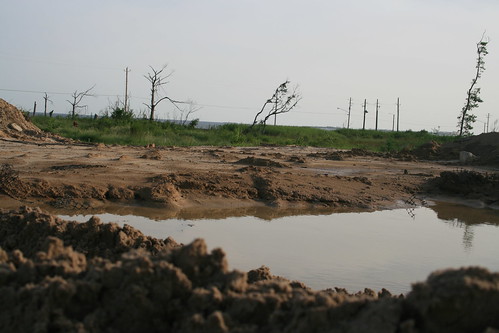
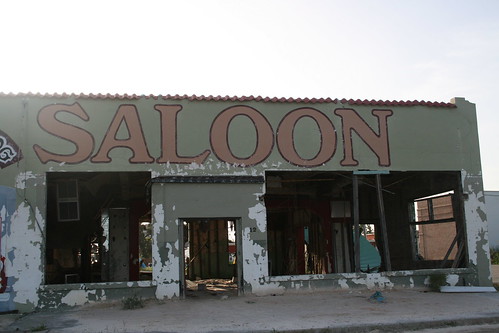

tcci headquarters

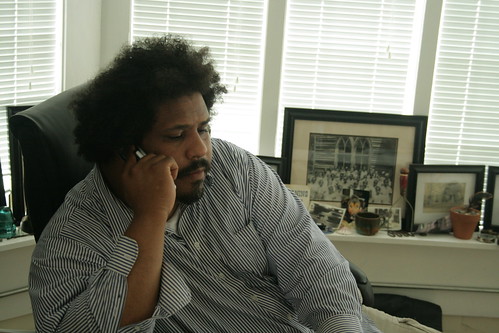
historic house #1
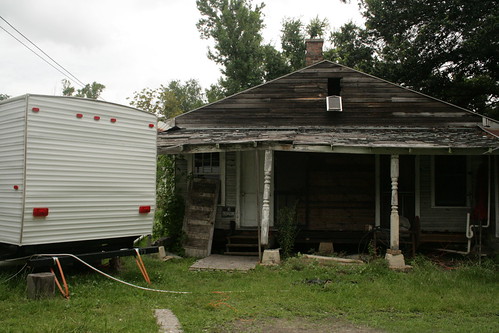
back of the house. derrick's mom currently stays in the fema trailer.
 fair enough.
fair enough.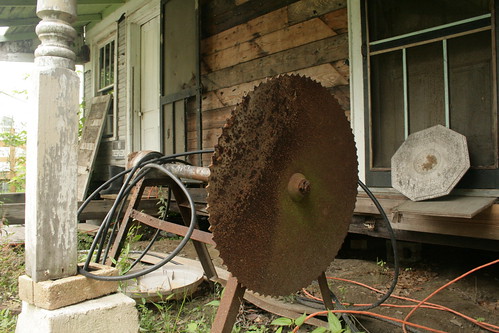 ?
? exterior.
exterior. side exterior.
side exterior. trailer again.
trailer again. product #1
product #1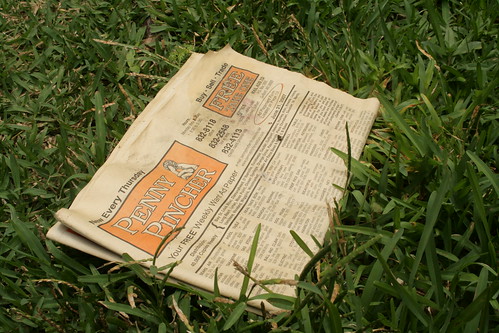 product #2
product #2 product #3
product #3 front of the house.
front of the house. interior 1: surveying
interior 1: surveying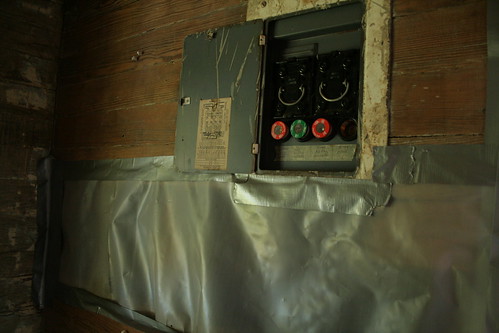 interior 2: fuses
interior 2: fuses interior 3: beautiful colors in the bathroom
interior 3: beautiful colors in the bathroom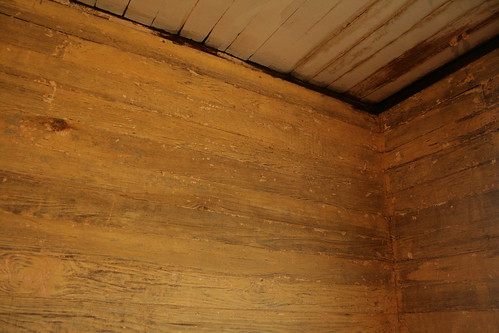 interior 4: beautiful colors on the wall
interior 4: beautiful colors on the wall interior 5: bathroom light
interior 5: bathroom light quixote's ghost
quixote's ghost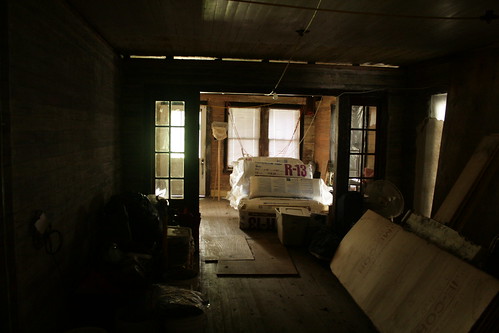 long room
long room all of the electricity for both houses and the trailer came through this surge protector.
all of the electricity for both houses and the trailer came through this surge protector.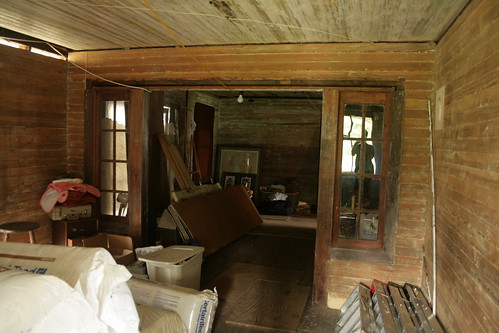 long room 2, and self-portrait
long room 2, and self-portrait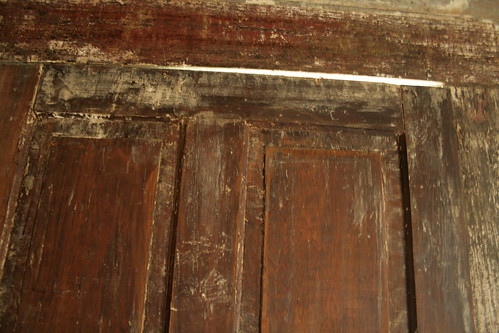 sliver
sliver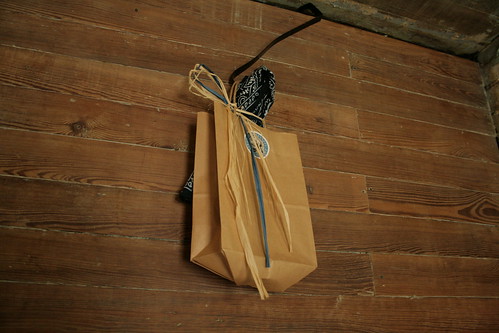 weird talisman
weird talisman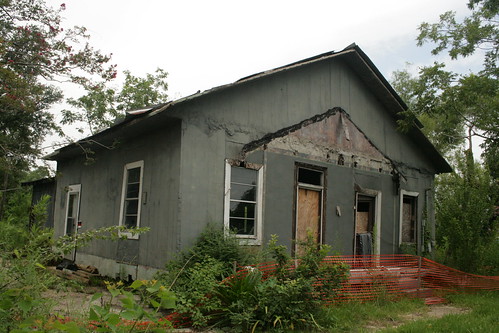
front exterior.

debris.
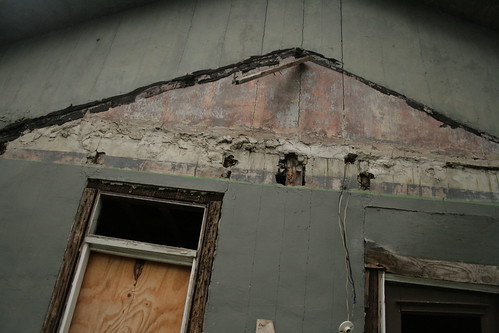
looking up from the front door.
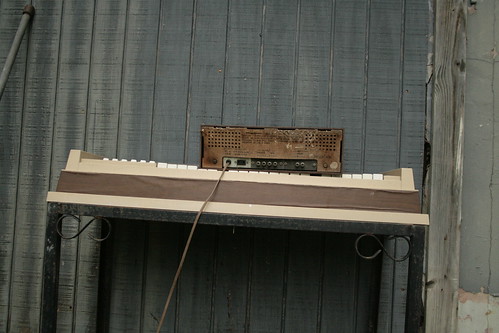 used to be music.
used to be music.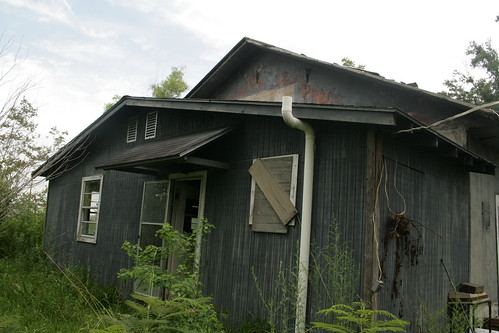 back exterior.
back exterior.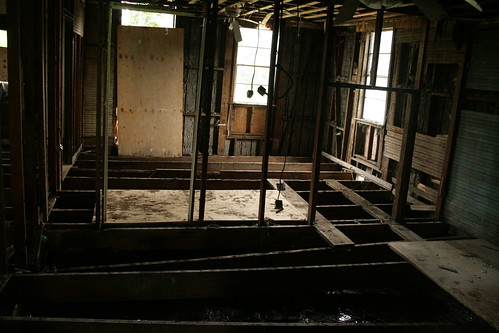 interior 1: no floor
interior 1: no floor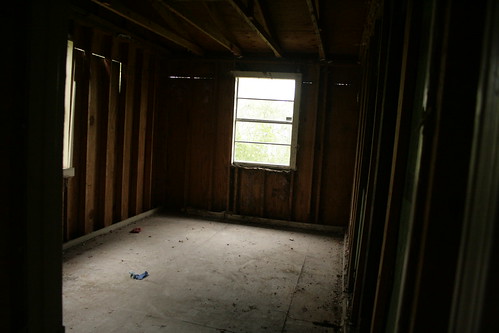 interior 2: empty room
interior 2: empty room weird symbol.
weird symbol. a hole.
a hole.